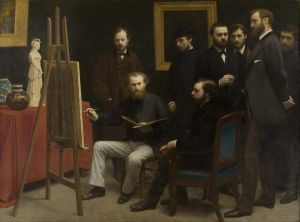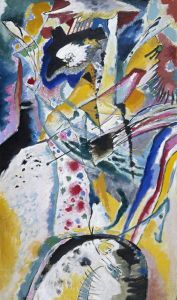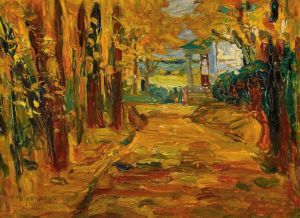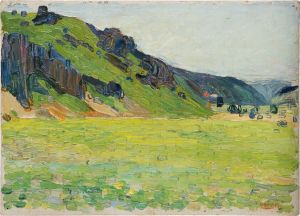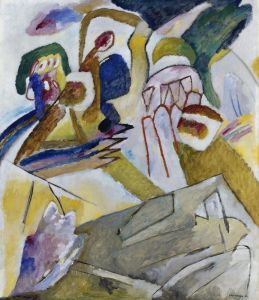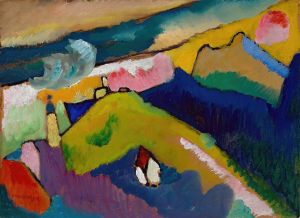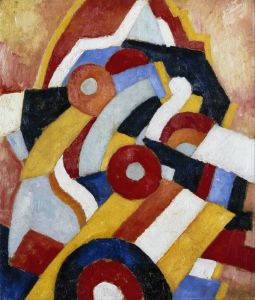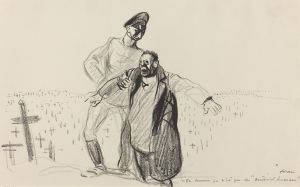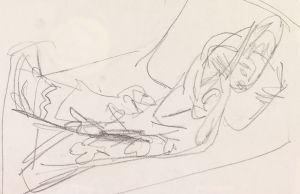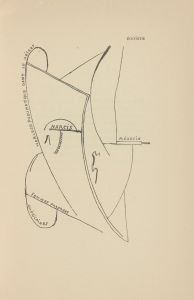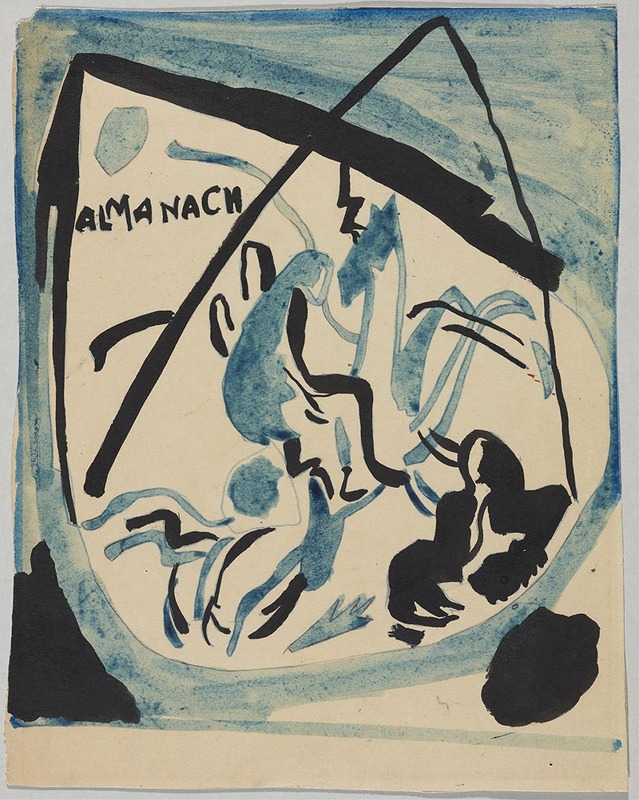
Design for the cover of the almanac ‘The Blue Rider’ VII
A hand-painted replica of Wassily Kandinsky’s masterpiece Design for the cover of the almanac ‘The Blue Rider’ VII, meticulously crafted by professional artists to capture the true essence of the original. Each piece is created with museum-quality canvas and rare mineral pigments, carefully painted by experienced artists with delicate brushstrokes and rich, layered colors to perfectly recreate the texture of the original artwork. Unlike machine-printed reproductions, this hand-painted version brings the painting to life, infused with the artist’s emotions and skill in every stroke. Whether for personal collection or home decoration, it instantly elevates the artistic atmosphere of any space.
Wassily Kandinsky, a pioneering figure in abstract art, created the design for the cover of the almanac The Blue Rider (Der Blaue Reiter), a seminal publication in the history of modern art. The almanac, published in 1912, was co-edited by Kandinsky and Franz Marc, both of whom were central figures in the Blue Rider group, an influential collective of artists based in Munich. This group sought to explore spiritual and expressive dimensions in art, transcending traditional representational forms.
The cover design for The Blue Rider almanac reflects Kandinsky's evolving artistic philosophy and his interest in abstraction. The image features a simplified depiction of a rider on horseback, rendered in a dynamic and stylized manner. The rider, a recurring motif in Kandinsky's work, symbolizes movement, freedom, and spiritual transcendence. The design is executed in a bold, linear style, emphasizing clarity and energy over intricate detail. This approach aligns with the broader aims of the Blue Rider group, which sought to break away from academic conventions and embrace more intuitive, emotional expressions of art.
The almanac itself was a collaborative effort, featuring essays, artworks, and musical compositions by a diverse group of contributors, including Paul Klee, Arnold Schoenberg, and August Macke. It served as a manifesto for the Blue Rider group's ideals, advocating for the unification of different art forms and the exploration of universal themes. Kandinsky's cover design encapsulates these principles, acting as a visual introduction to the innovative and interdisciplinary content within.
The choice of the rider as a central motif also reflects the group's name, Der Blaue Reiter, which translates to "The Blue Rider." According to Kandinsky, the name was inspired by his and Marc's shared appreciation for the color blue and their fascination with the image of the rider as a symbol of spiritual striving. The cover design, therefore, holds both aesthetic and symbolic significance, embodying the core values of the group and the almanac.
Kandinsky's work on the cover of The Blue Rider almanac is considered an important milestone in the development of abstract art. It demonstrates his transition from representational imagery to a more abstract, symbolic visual language, which would come to define his later works. The almanac and its cover design remain key artifacts in the study of early 20th-century modernism, reflecting the innovative spirit of the Blue Rider group and their contributions to the evolution of art.






